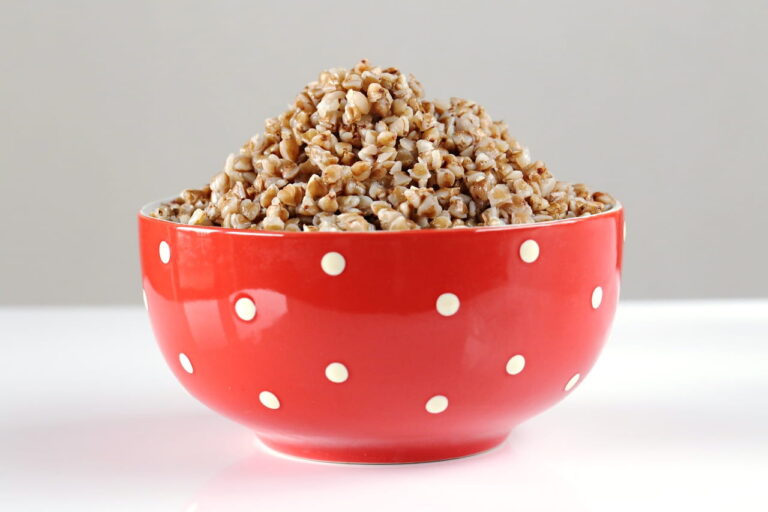
Homemade food for the dog
To give your dog balanced nutrition, we can prepare the food ourselves. Of course, cooking for your dog is more absorbing than using ready-made dry or wet food, but it can be much more economical.
What should I cook for my dog to eat?
Arranging a suitable diet for a dog fed on home food usually involves a variety of foods. Dogs are carnivorous animals so we should always use meat. The most important thing is that it is fresh. We can use chicken, beef, turkey or venison, for example. The meat should be minced or chopped into pieces and cooked without any additives (salt, pepper or other spices). However, by using meat alone, it’s difficult to provide your dog with the right amount of vitamins and minerals. There may be too little or too much of these, so it’s worth using plant-based ingredients such as cereals, fruit and vegetables.
Dog food – vegetables, fruit and cereal products.
Products such as rice, millet or oatmeal can have a positive impact on your dog and provide a source of carbohydrates in a balanced diet. In addition, if your dog’s food contains cereal products, you are providing your dog with vitamins. The right ingredients can also have a positive impact on the digestive system.
When choosing fruit and vegetables, it is important to know exactly what can be harmful and in what quantities.
Can a dog eat nuts, apples, bananas, strawberries etc.? Before we introduce an ingredient into a dog’s diet, we need to know what it does, both positively and negatively. However, just as in the human diet, the amount of vegetables should be greater than the amount of fruit in a dog’s food at home. In the right quantities, fruit and vegetables can be an excellent source of vitamins and also play a role in regulating the digestive system. Vegetables and fruit can be either added to your dog’s food (grated or mashed) or eaten as a snack between meals.
What else should I consider when cooking for my dog?
When cooking for your dog, you should pay particular attention to ensuring that the food contains nothing that could harm your dog. Bones, for example, although they are a treat for your dog, may pose a health risk, especially small bones that crack lengthways (e.g. chicken bones). We should also bear in mind that homemade food does not contain preservatives, so despite its health benefits, it will spoil faster – it’s not worth making a large stock. When preparing home-made food for your dog, you should also eliminate frying and baking.
How to feed your dog with homemade food?
The rules are similar to those for other foods. The dog should have constant access to water, the food should always be given at the same time and the amount should be such that the dog eats its portion “at once”. The diet should be well balanced and meet the dog’s energy requirements. It must also contain the right amount of nutrients (protein, carbohydrates, fats, minerals) and vitamins. It is worth taking the time to educate yourself and prepare a suitable feeding plan. When composing the ingredients, it should also be taken into account whether our dog needs to have a special diet. This applies, for example, to sick dogs (e.g. kidney diet, liver diet), pregnant dogs and others requiring special care. When feeding your dog at home, the use of supplements is highly recommended.


Can my dog eat porridge?

